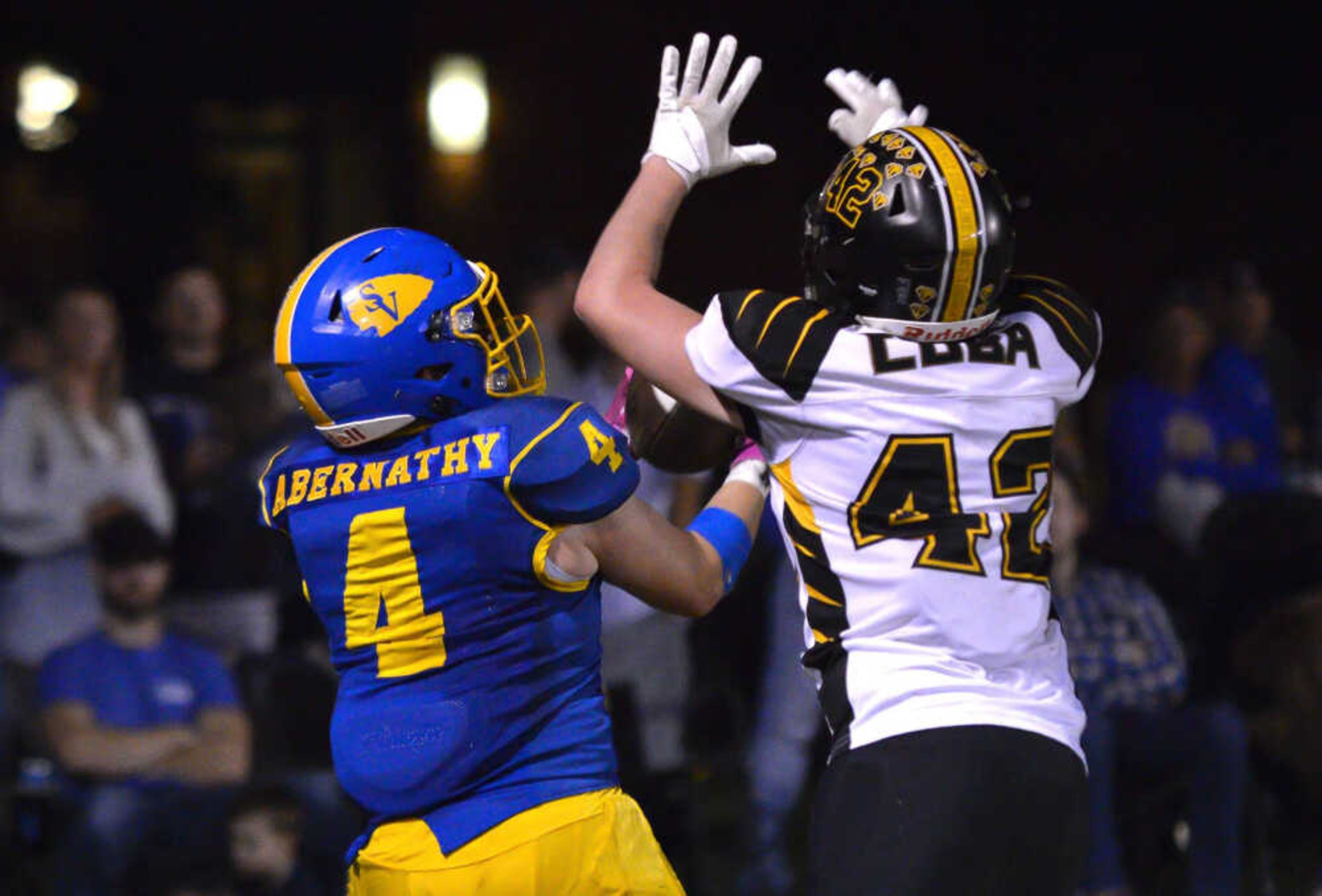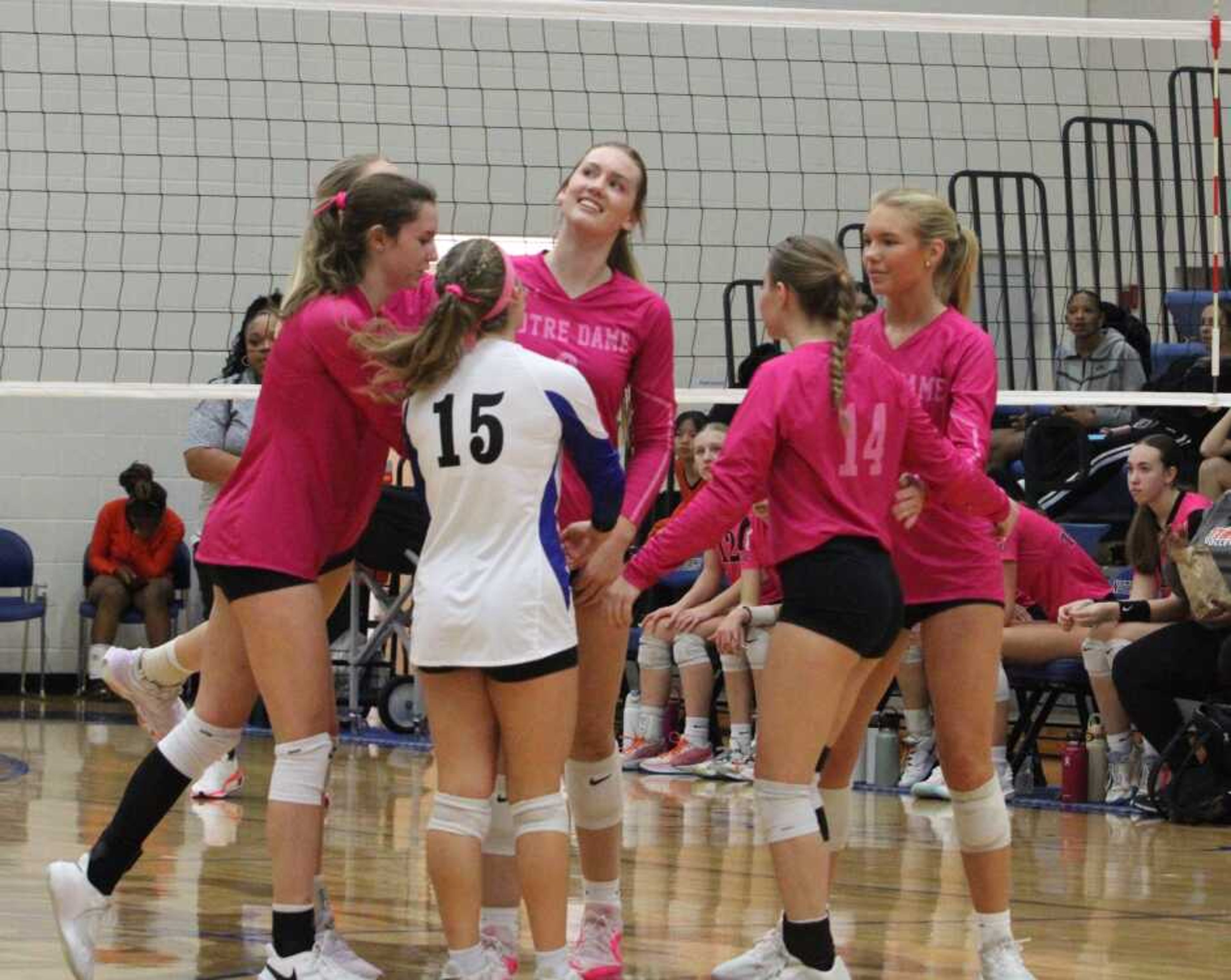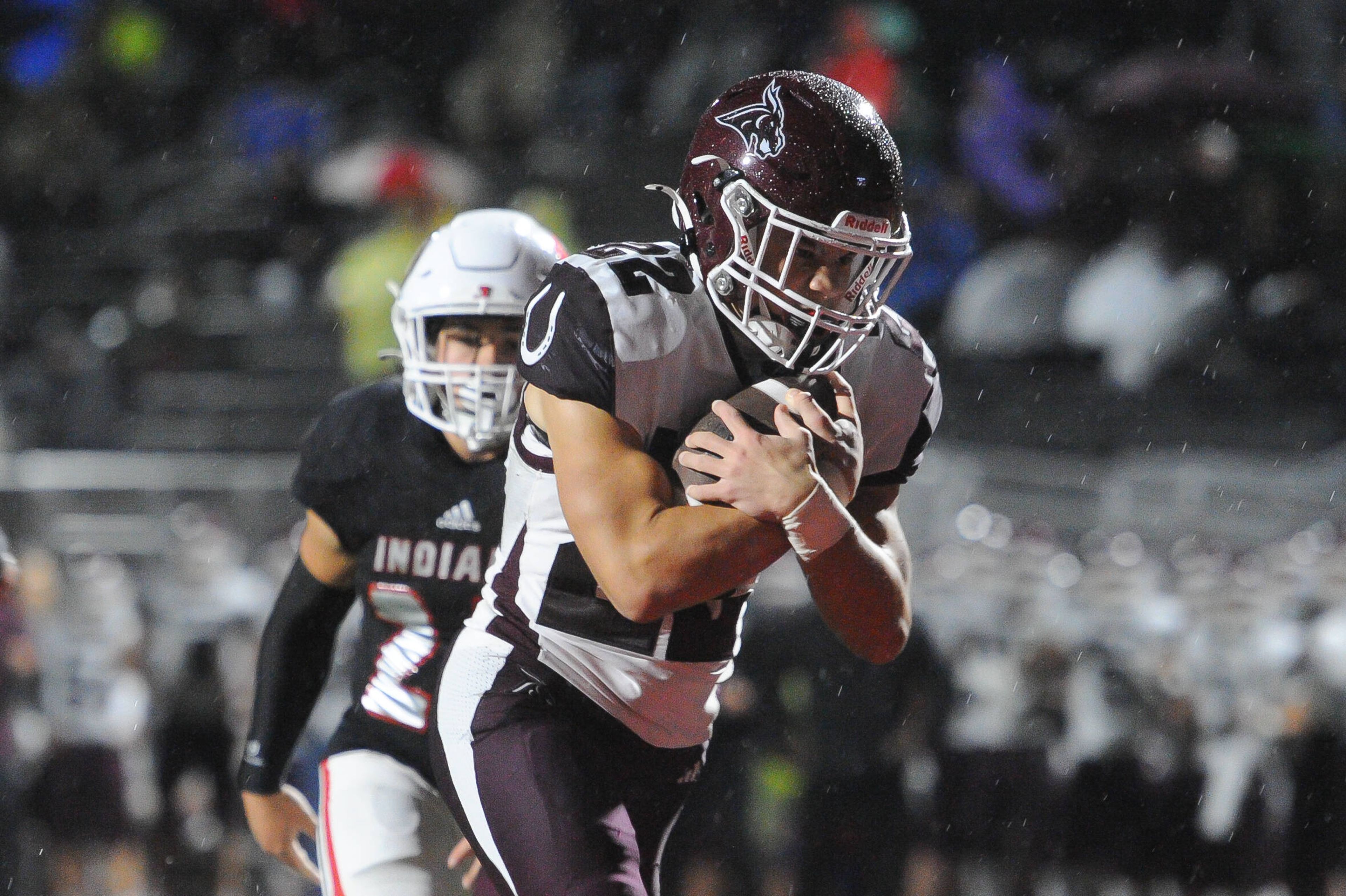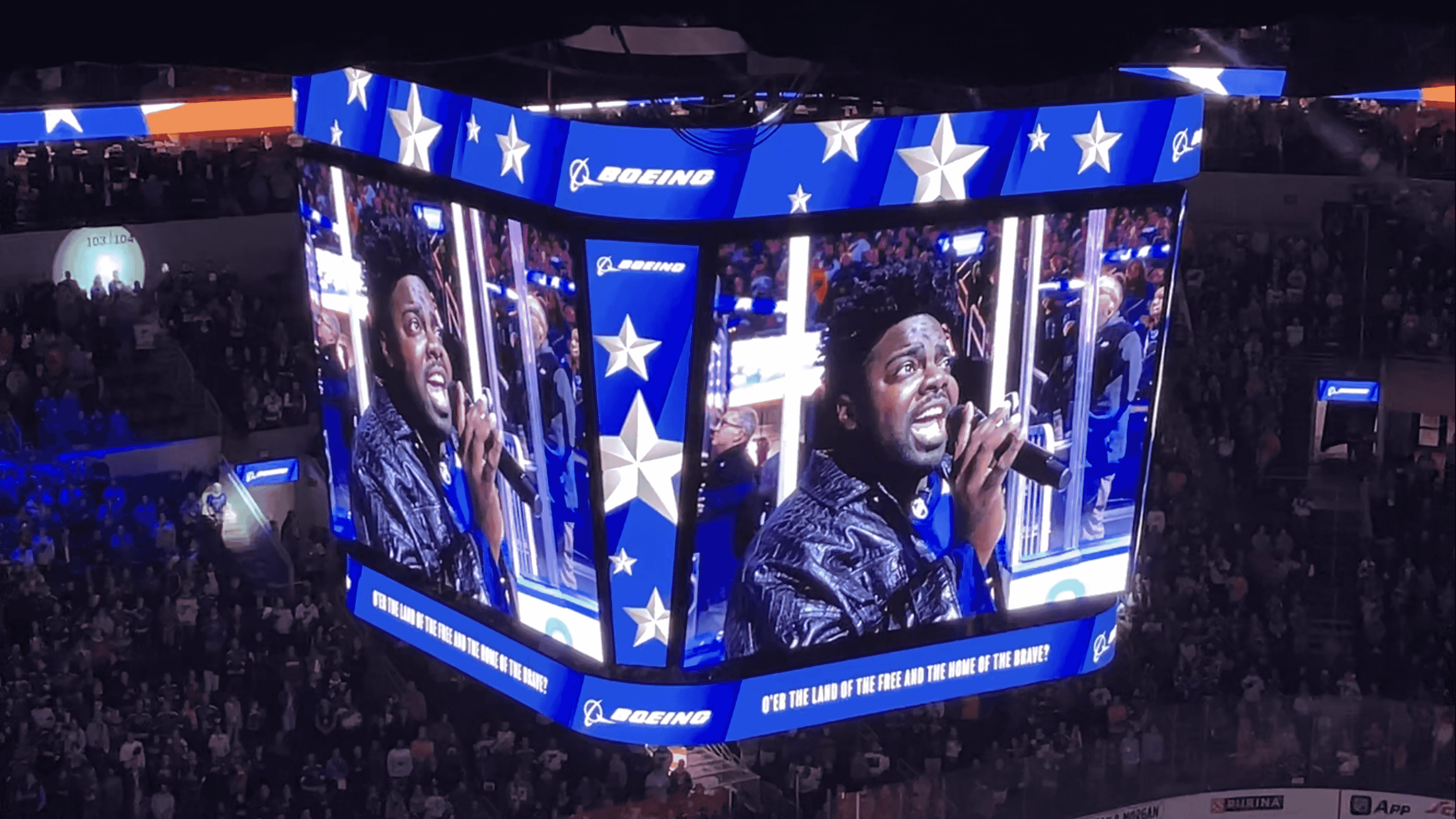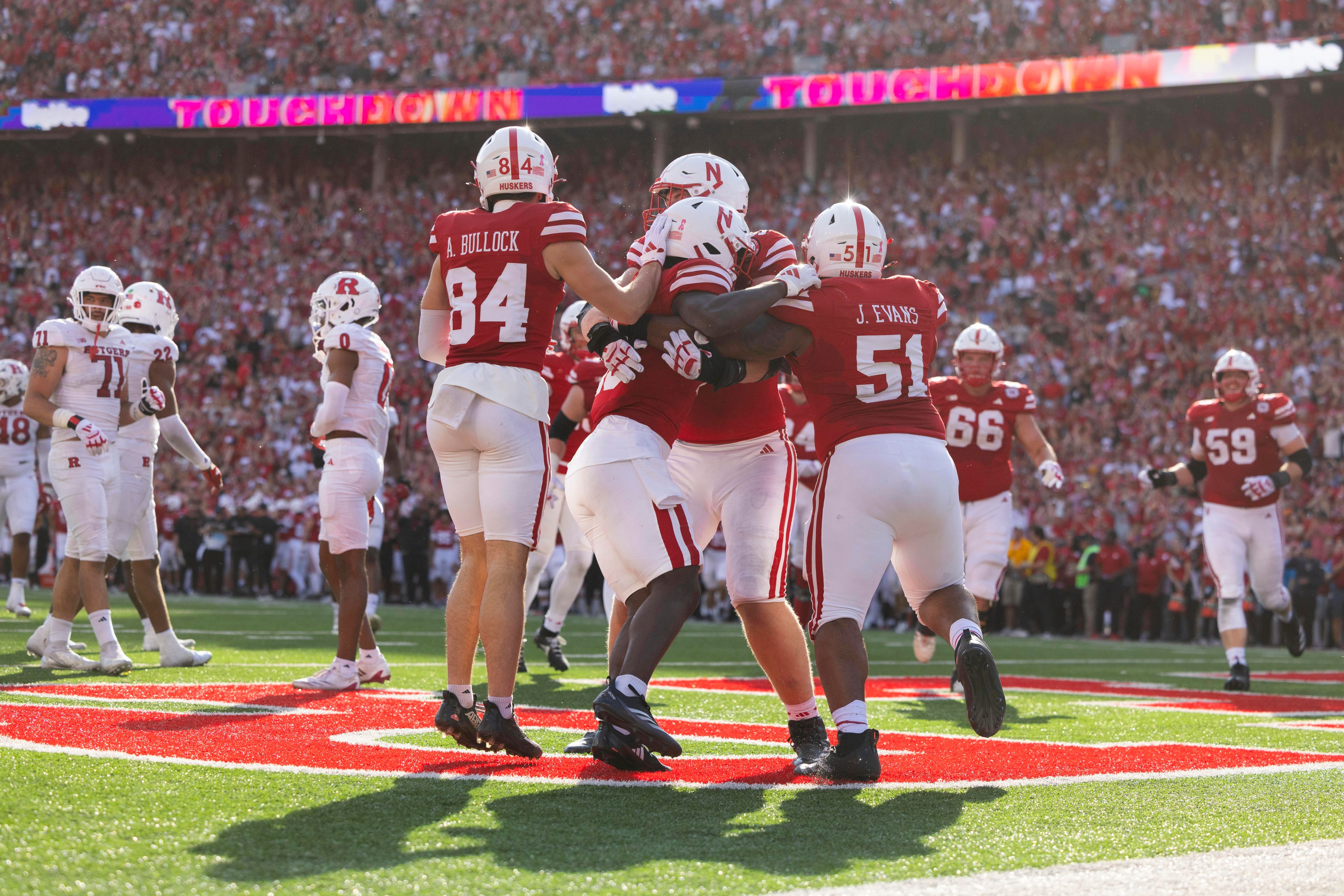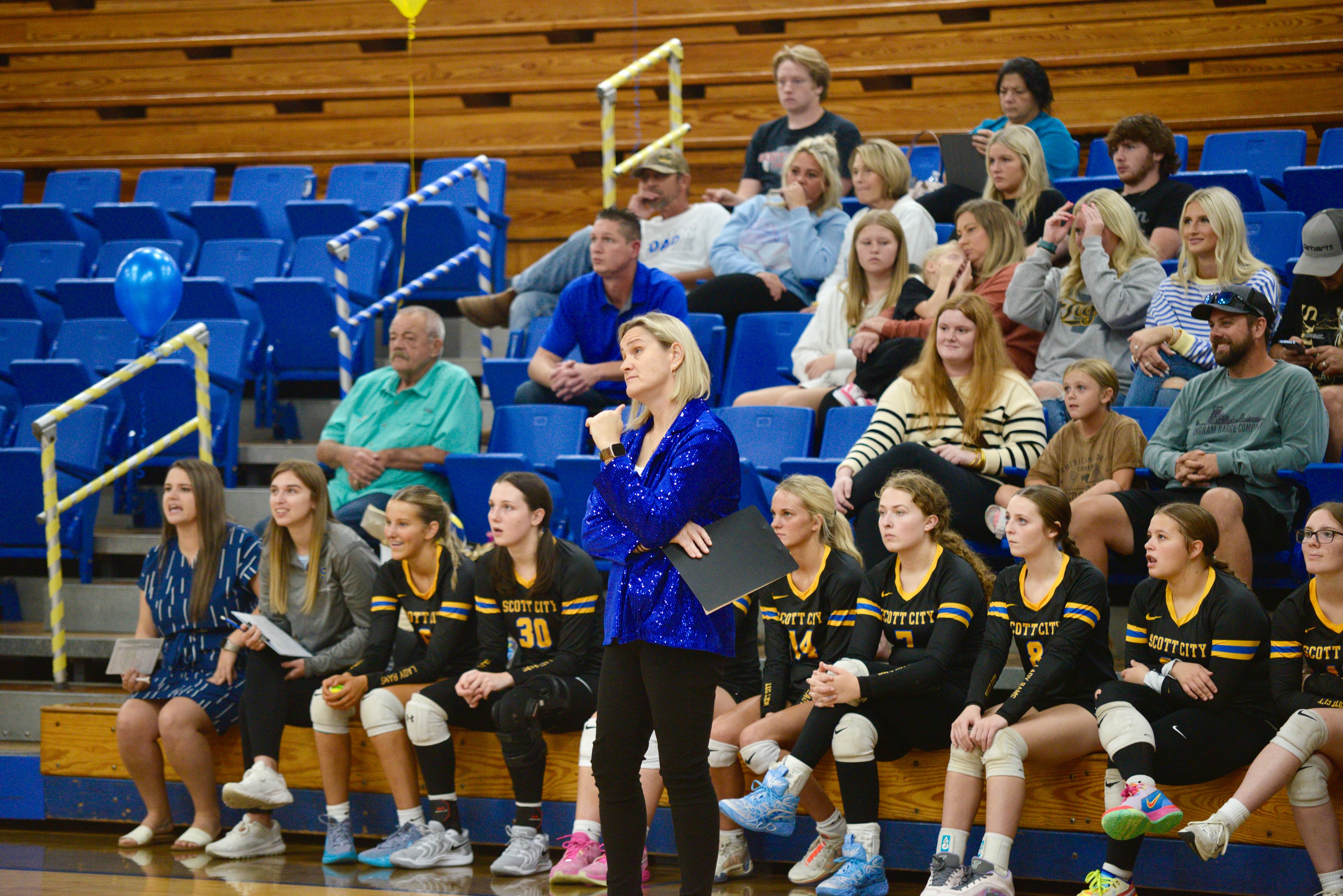Blacks disappearing from sport's landscape
ST. LOUIS -- Nearly 60 years after Jackie Robinson broke baseball's color barrier, U.S.-born blacks are disappearing from the game -- and the stands. The St. Louis Cardinals reflect the national trend, with no blacks on their major league roster and almost none in their farm system...
ST. LOUIS -- Nearly 60 years after Jackie Robinson broke baseball's color barrier, U.S.-born blacks are disappearing from the game -- and the stands. The St. Louis Cardinals reflect the national trend, with no blacks on their major league roster and almost none in their farm system.
Blacks make up 8 percent of major league rosters -- less than half the 17.25 percent of 1959, the first year every team was integrated. Three decades ago, blacks made up nearly 30 percent of major league rosters, the St. Louis Post-Dispatch reported Sunday.
Nothing indicates that will change anytime soon.
Factors affecting the numbers include a lack of good youth baseball facilities in inner cities, the expense of playing at an elite youth level, and the popularity of football and basketball.
"Enjoy that 8 percent on the field now," said Harry Edwards, an East St. Louis, Ill., native and sociologist and an outspoken voice on race in sports for decades. "Because more than likely before we get to the first quarter of the 21st century, you'll be looking out there on the field and we'll be right back where we were when Jackie Robinson and Roy Campanella and those guys were the only ones out there."
Since the 1950s, the Cardinals have enjoyed a legacy of black icons such as Bob Gibson, Lou Brock, Ozzie Smith and Willie McGee.
St. Louis resident Hal Cox, 54, a black educational advocate, said he believes the Cardinals aren't doing all they can to have the roster reflect the city's racial makeup -- 50 percent black.
"So, yeah, it stands out, and it kind of drops my enthusiasm for [following baseball] day in and day out," he said. We're talking about America's game. We had the tradition. And that's fading away."
Others see it as part of a broader demographic trend. As the U.S. Hispanic population has ballooned to nearly 43 million, foreign-born Hispanics made up nearly 25 percent of opening-day rosters.
Cardinals team president Mark Lamping says he prefers a makeup "as diverse as possible," while manager Tony La Russa said the Cardinals don't have the luxury of picking and choosing by race.
"I mean, that would be exactly the wrong message to send, to say, 'Well, gee whiz, we better have a certain number of players from the Pacific Rim, a certain number of Latin players, a certain number of black players, a certain number of white players,'" La Russa said.
The Cardinals have only one U.S.-born black among their top 30 prospects as ranked by Baseball America.
The team has been searching Latin America for talent and now has an academy in the Dominican Republic.
The Cardinals media guide features 64 foreign-born players -- including 61 of Hispanic birth -- out of 188 listed in the team's minor leagues.
The NCAA reports that blacks make up only 6 percent of Division I baseball rosters.
Local Division I schools Saint Louis University, Missouri and Missouri State each had no blacks this year. Southeast Missouri State had one, Chris Gibson, son of Bob Gibson.
A Harris Poll last December found that only 6 percent of blacks chose baseball as their favorite sport. By contrast, 47 percent chose pro football. At Busch Stadium, blacks are rare in the stands. Major League Baseball estimates black attendance at 3 percent.
Blacks' lower participation rates in baseball has been in the works for a decade. After making up 27.5 percent of teams in 1975, blacks represented less than 20 percent in the '90s and 15 percent or below since 1997.
Gerald Early, a black Washington University professor and essayist who advised Ken Burns' documentary on the game, said the change began with integration and the demise of the Negro Leagues. As black stars were absorbed into the major leagues, the Negro Leagues couldn't flourish. With the termination of that institution in 1960 also went tradition.
Major League Baseball has spent millions on the Reviving Baseball in Inner Cities, or RBI, program, and millions more on the Baseball Tomorrow Fund for field development and equipment purchases. It has donated $500,000 to the Little League Urban Initiative program in the last three years.
RBI, which serves disadvantaged youths, currently has more than 90,000 teens 13 and older involved in 200 baseball programs worldwide.
Connect with the Southeast Missourian Newsroom:
For corrections to this story or other insights for the editor, click here. To submit a letter to the editor, click here. To learn about the Southeast Missourian’s AI Policy, click here.
